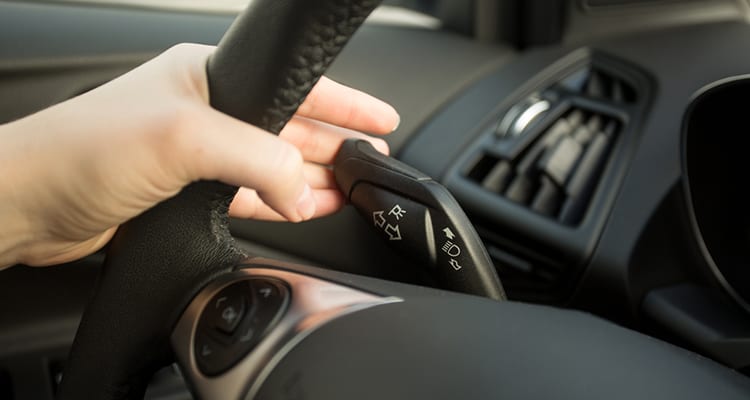The Importance of Turn Signals and When to Use it
Properly using your turn signals when driving can make the road a better place. There are many opportunities to use your blinker, whether you’re making any turn onto another roadway, into another lane, or into a parking stall, it lets other drivers, cyclists, and pedestrians know your intentions. It is highly recommended to turn your turn signal on at least 100-500 feet before executing a turn or merge into another lane depending on the level of traffic and what type of road you’re driving on.
Why use it?
To save yourself from aggravated honks from other drivers or worse yet, accidents, turn signals were made for one reason; to use. Don’t expect other drivers or pedestrians on the road to predict what move you’re planning to make next, they obviously cannot read your mind. Especially when traffic is moderate or heavy, other drivers will definitely thank you for your courtesy.
When to use it
There are various cases in which it’s appropriate to use your turn signals. The following situations calls for a proper turn signal:
1. When parking: Indicate if you’re waiting for a stall and pulling in or out of a stall. This is appropriate for parallel, reverse, and pull-in parking maneuvers.
2. When turning onto a roadway: This includes roundabouts and yielding at red lights.
3. When merging or changing lanes: This includes overtaking cars to indicate another moving vehicle.
Depending on where you’re driving, when to appropriately signal varies on traffic speed and level. In residential areas, it’s recommended you signal at least 100 feet. If you’re on the freeway, it’s recommended to start signaling at least 900 feet if you’re merging, exiting, or even switching lanes.
How to use it?
Surprisingly, turn signals are actually quite simple to utilize. If you’re in the driver’s seat, you can simply locate it to the left of your wheel (looks like a stick-like switch). This switch is also used to turn on your headlights (if you didn’t know already). To activate your turn signals, push up or down directly on the handle. Pushing it up, indicates you’re signaling right. Pushing it down, indicates you’re turning left. Simple enough, right?

